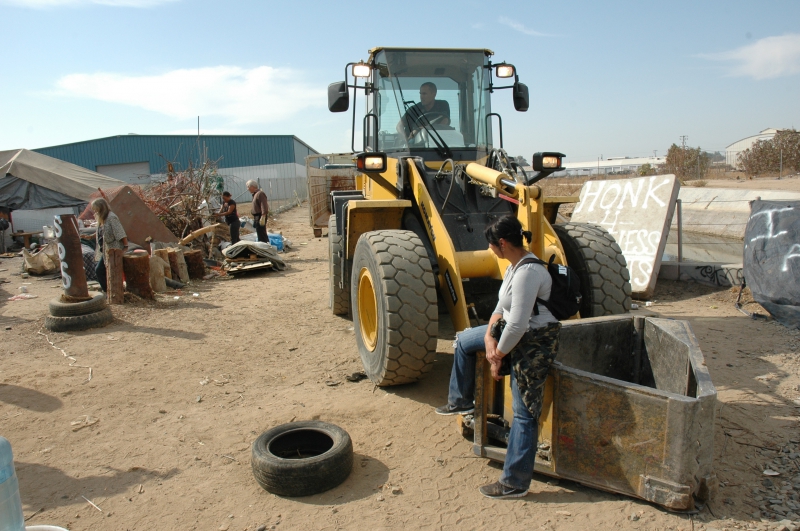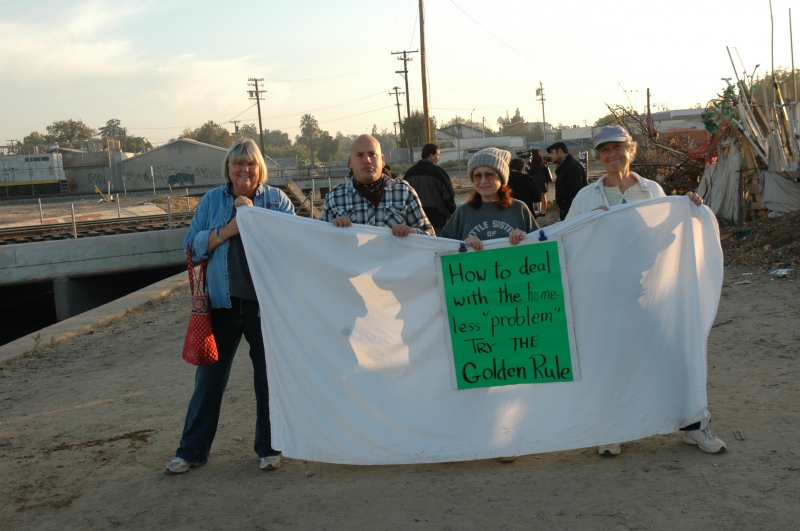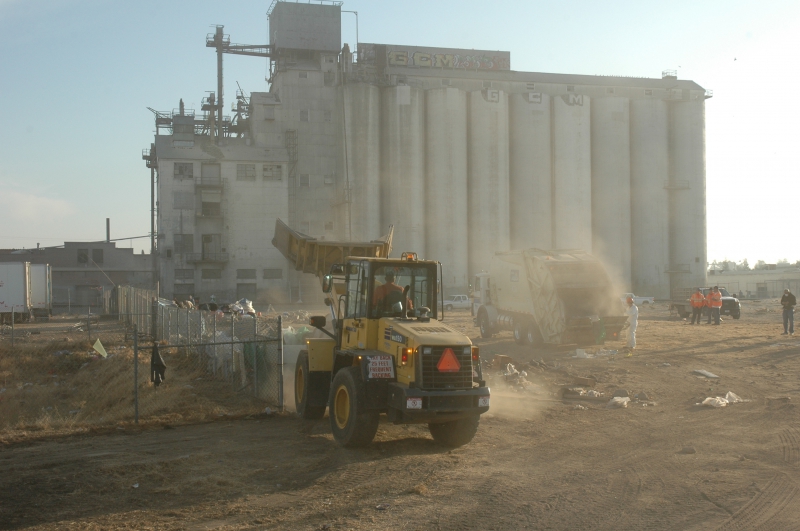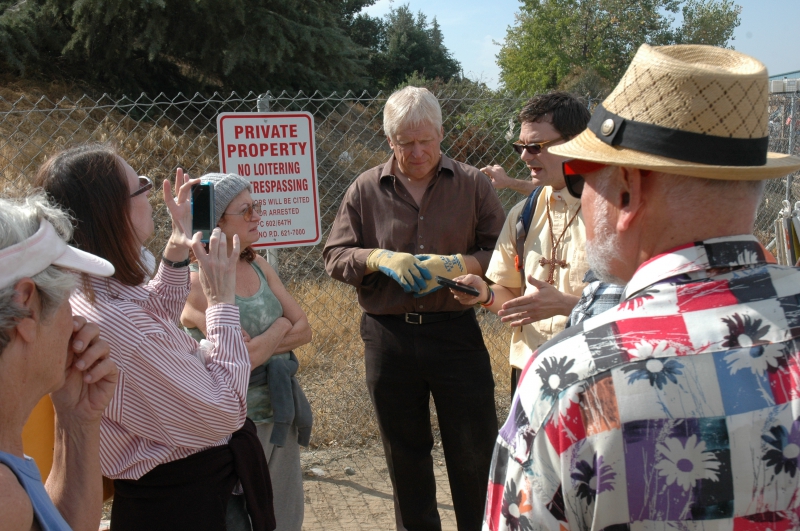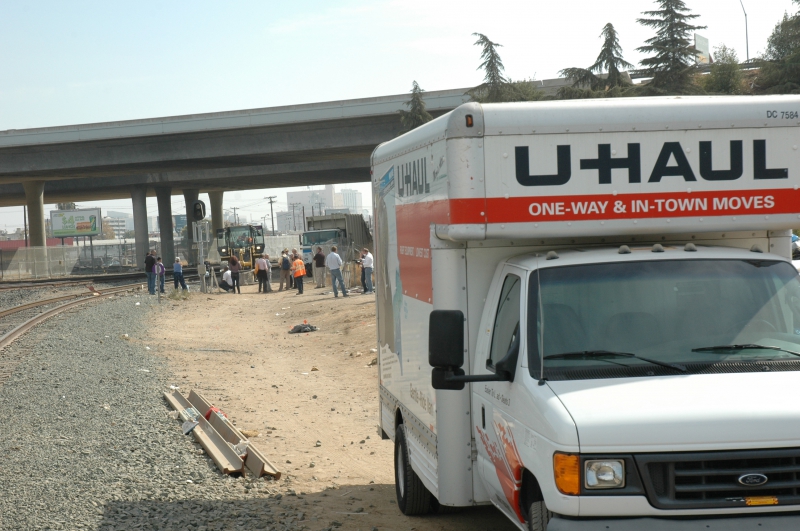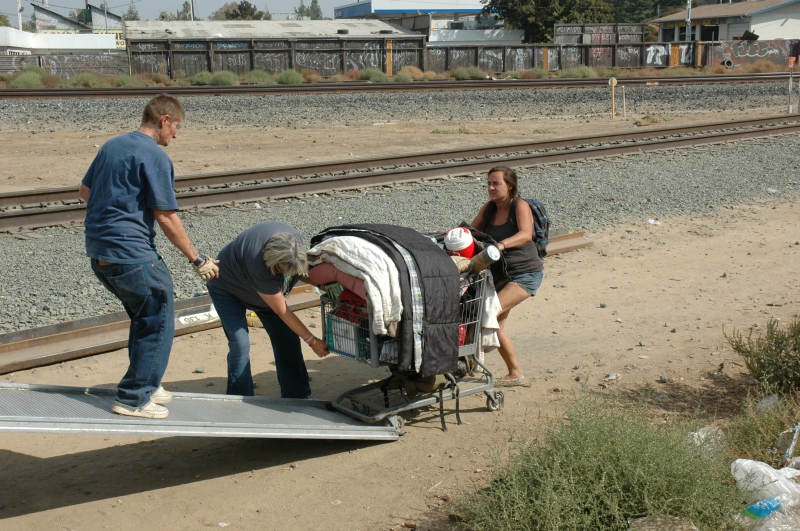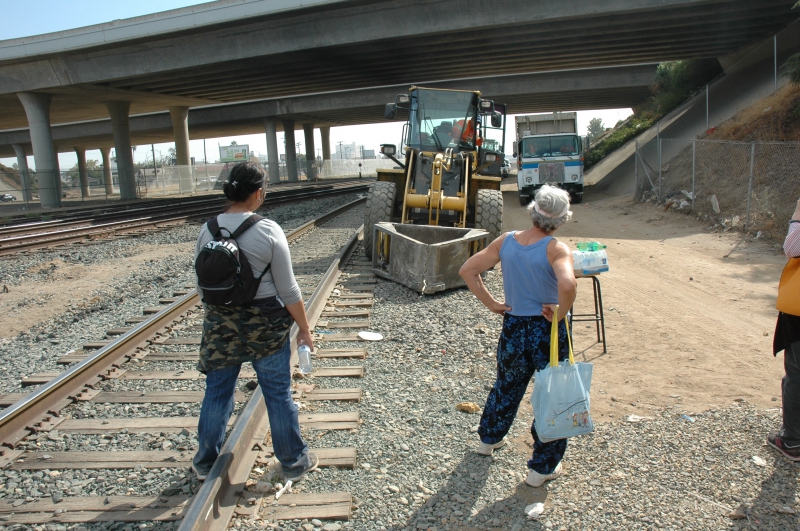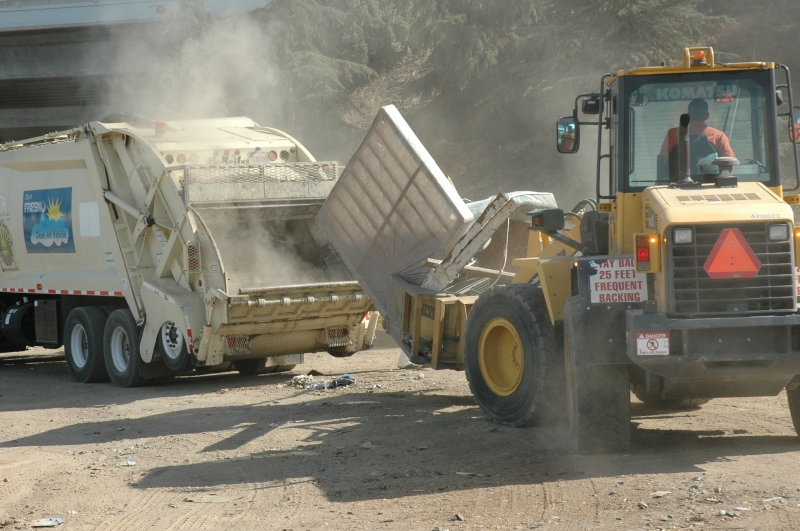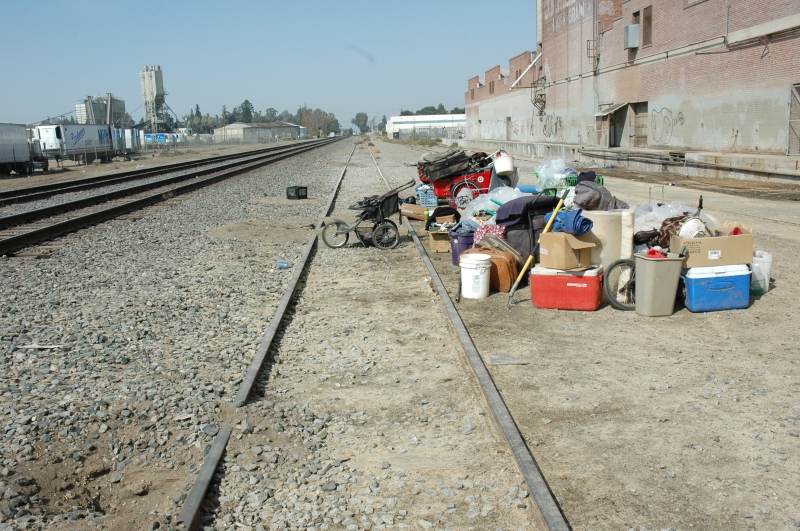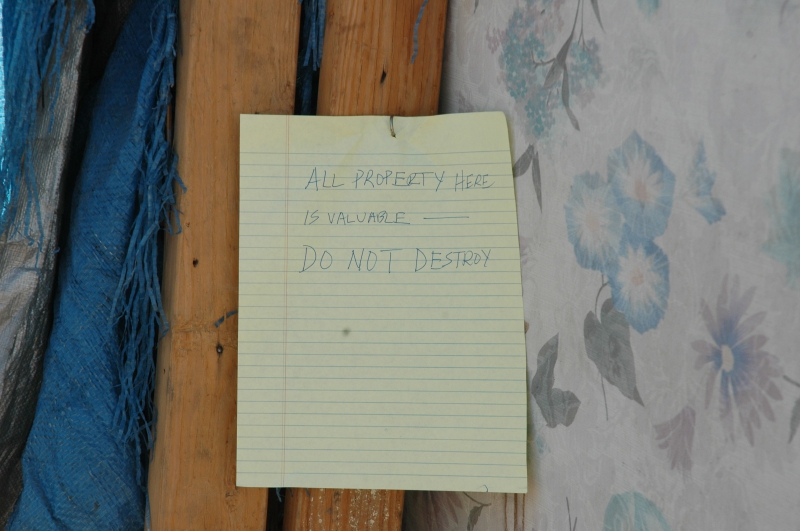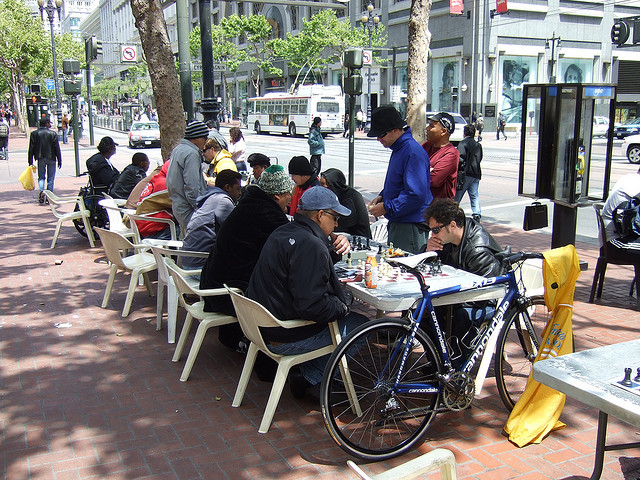NOTES BY NORSE: Both Anaheim and Santa Cruz are ramping up their assaults on the homeless, without specifying what they’re doing (why acknowledge unconstitutional and cruel behavior?) or masking it under other labels. In Santa Cruz it’s “public safety”, “the needle menace”, and “the perception of danger”; in Anaheim, they’re calling it “blight”, “increasing police tools”, etc.
The latest Santa Cruz City Council’s anti-homeless expansion of Smoking, Vending, Tabling, Performing, Art Display, Sparechanging, and Sitting Bans downtown are similarly camouflaged and rationalized as “congestion”, “clarity”, and “clean and tidy” aesthetic concerns. Today at Santa Cruz City Council at 2:45 PM supporters of a Downtown for All will be gathering to share food, experience, ideas and speak to the Community during the Council meeting (the Council itself isn’t listening) in the brief televised period. That’s at 809 Center St. across from the Main Library and Civic Auditorium. Bring instruments and friends.
Another “more respectable” effort is being made by activists supporting a Santa Cruz Sanctuary Camp to the County Board of Supervisors–calling for a small tightly controlled “drug free” Camping Area. 9 AM at 701 Ocean St. on the 5th Floor of the Board of Supervisors. The supporters led by Brent Adams will be presented a business plan and may have recently gotten the support of Paul Lee, a local author and philanthropist who tried himself unsuccessfully to set up an Eco-Village a decade ago and a Community House a decade before that. In the 80’s Lee supported activist Calamity Jane Imler’s hunger strikes against the Sleeping Ban, police abuse, and the call for a cold-and-rainy-night Shelter. Adams has been a target of political repression in the aftermath of the Occupy Movement as one of the Santa Cruz Eleven–when hundreds occupied a vacant Wells Fargo-leased bank at 75 River St.
The Anaheim ordinance’s definition of “camping” (Yuppie-speak for “survival sleeping”) is “Residing in or using any Public Area for living accommodation or lodging purposes with one’s personal property or while storing one’s personal property; and/or constructing, maintaining, occupying, or inhabiting or using camping facilities and/or constructing, using or maintaining camping paraphernalia. For the purposes of this section “camping” shall not include merely sleeping outside in a park or the use of a blanket, towel, or mat in a park during the time the park is open to the public.”
Santa Cruz activists have long agitated against Santa Cruz’s Sleeping and Blanket Bans, which defines and criminalizes camping as sleeping after 11 PM at night outside on any public property, on much private property, or in a vehicle, even if legally parked on public property. It has its own “abandoned property” rule, and in today’s City Council vote will finalize a severe shrinkage of space where homeless people (and to be “fair” this affects any one and everyone) can place their possessions if trying to display art, engage in political activity involving a table, vend anything, or perform music. This is a social sickness that is spreading everywhere.
The City’s gentrification adovocates are countering traditional toleration and compassion in the community (though not in the police, City Council, or City Manager’s office), right-wing NIMBY’s with the Downtown Association, Santa Cruz Neighbors, Take Back Santa Cruz, and other reactionary groups propaganda and agitation. These exclusionary Upper Class warriors are making much of the Drug War and a xenophobic “outsiders flooding our community”. They can be seen in full frightening bloom at the Mayor’s Public Safety Task Force. The group meets every Wednesday in October usually at the police department’s Community Room on Laurel and Center streets. The public is generally allowed to watch but not to comment.
Anaheim City Council Now Declaring War on Homeless
 |
| Josue Rivas |
| Homeless tent |
A week after activist Stephen Baxter held a ‘sleep-in’ protest in downtown Fullerton over the city’s war on the homeless, Anaheim will try to one-up them with a punitive ordinance of its own. The city municipal code already forbids staying in a public park between the hours of 10:30 p.m. and 5 a.m., which has the homeless laying their head elsewhere for the night–but that’s not enough for councilwoman Kris Murray and her crew!
On Tuesday, council members will decide on a proposal aimed at banning camping and storage of personal property on public property at any time.
In a staff report submitted by Director of Community Services Terry Lowe, the ordinance is framed as one that will “serve as a tool in the City’s effort to promote and support safe, clean and accessible neighborhoods and eliminate blight.” Never once are the homeless referenced directly, but it couldn’t be clearer who the intended target is.
If Anaheim’s city council should approve the crackdown–and it almost assuredly will–no homeless person can use a tent for living purposes at any hour in public areas including parks, alleys, parking lots, or any other publicly owned property. Nor could they store personal belongings such as the tents themselves, sleeping bags, bedrolls, cooking equipment, books, money and appliances in addition to other possessions in such spaces.
Public parks are the most visible places where the city’s homeless population set up tents during the day. Since the eviction of a sizable homeless encampment in Fullerton by the shuttered Hunt Library earlier this year, many of those displaced turned up on the east lawn of La Palma Park in Anaheim.
 |
| Josue Rivas / OC Weekly |
| La Palma Park in Anaheim |
The belongings of the homeless would be subject to 90-day impounds so long as they are given “proper notice.” Anaheim police can immediately confiscate possessions if they are left after hours at the park or deemed to be contraband, a threat to public health and safety or evidence of crime. Retrieval is allowed when the Chief of Police finds proof of ownership to be “satisfactory.”
If that’s not the case, the city stands poised to make money off of the confiscations, whether through depositing unclaimed money into the general fund or holding auctions.
Enforcement of the ordinance entails fines for infractions. The first violation would cost $100. A second violation within a year is punishable up to $200 with every subsequent infraction in that time span costing $500.
“I would categorize this ordinance as part of the larger ‘criminalization of homelessness’ that many communities fall back on when they choose to be less creative with their problem solving,” says Jennifer Lee-Anderson, Co-Chair of the Anaheim Poverty Task Force and policy planning consultant on homelessness. “The $100 to $500 fines that are noted in the proposed ordinance are part of the reason that many chronically homeless are simply cycled through the criminal justice system repeatedly.”
Near La Palma Park, the city is just weeks into a newly opened storage area and outreach center. The homeless can take advantage of Conex boxes set up to leave their personal belongings during the day. The city-owned parking lot by Glover Stadium is close to where people continue to set up tents. In a heavy-handed way, the ordinance could encourage more homeless to participate in the pilot program but is also a cause for concern and clarification. “There’s no language that exempts the storage area,” adds Lee-Anderson expressing disappointment that she learned about this proposal from the Weekly and not city staff. There is also the issue of other public areas in Anaheim far beyond La Palma Park where homeless persons stay.
For the past six years, Jim Carter has taken students at Servite High School, where he works, to serve meals at La Palma Park every Thursday. “I understand where the city comes from. I understand where the police come from,” says Carter, also a member of the Anaheim Poverty Task Force that has drafted a 15 point plan to address homelessness. “I don’t think [the ordinance] is a good thing. Unless it comes with a long-range plan to help these people move out of this situation, it’s just going to add stress to them. Where are the homeless going to go?”
“What would have been nice is if the city adopted the 15 point plan in full,” Carter mentions, emphasizing the key recommendation of establishing a multi-service center. “If the city is not willing to find a location where we can put a shelter, it’s never going to change.”
Follow Gabriel San Román on Twitter @dpalabraz
Follow OC Weekly on Twitter@ocweekly or on Facebook!
FURTHER COMMENTS AT http://blogs.ocweekly.com/navelgazing/2013/09/anaheim_homeless.php
TEXT OF THE ORDINANCE AT http://www.anaheim.net/docs_agend/questys_pub/MG41822/AS41861/AS41864/AI44292/DO44294/DO_44294.pdf
STAFF REPORT AT http://www.anaheim.net/docs_agend/questys_pub/MG41822/AS41861/AS41864/AI44292/DO44293/DO_44293.pdf
HOMELESS ENCAMPMENT EVICTION STORY AT: http://blogs.ocweekly.com/navelgazing/2013/06/hunt_library_fullerton.php
YET ANOTHER “NO SHELTER, NO RELIEF” 15-POINT PLAN TO “END HOMELESSNESS” BY FUNDING POVERTY PIMPS: http://www.anaheimptf.org/plan .
